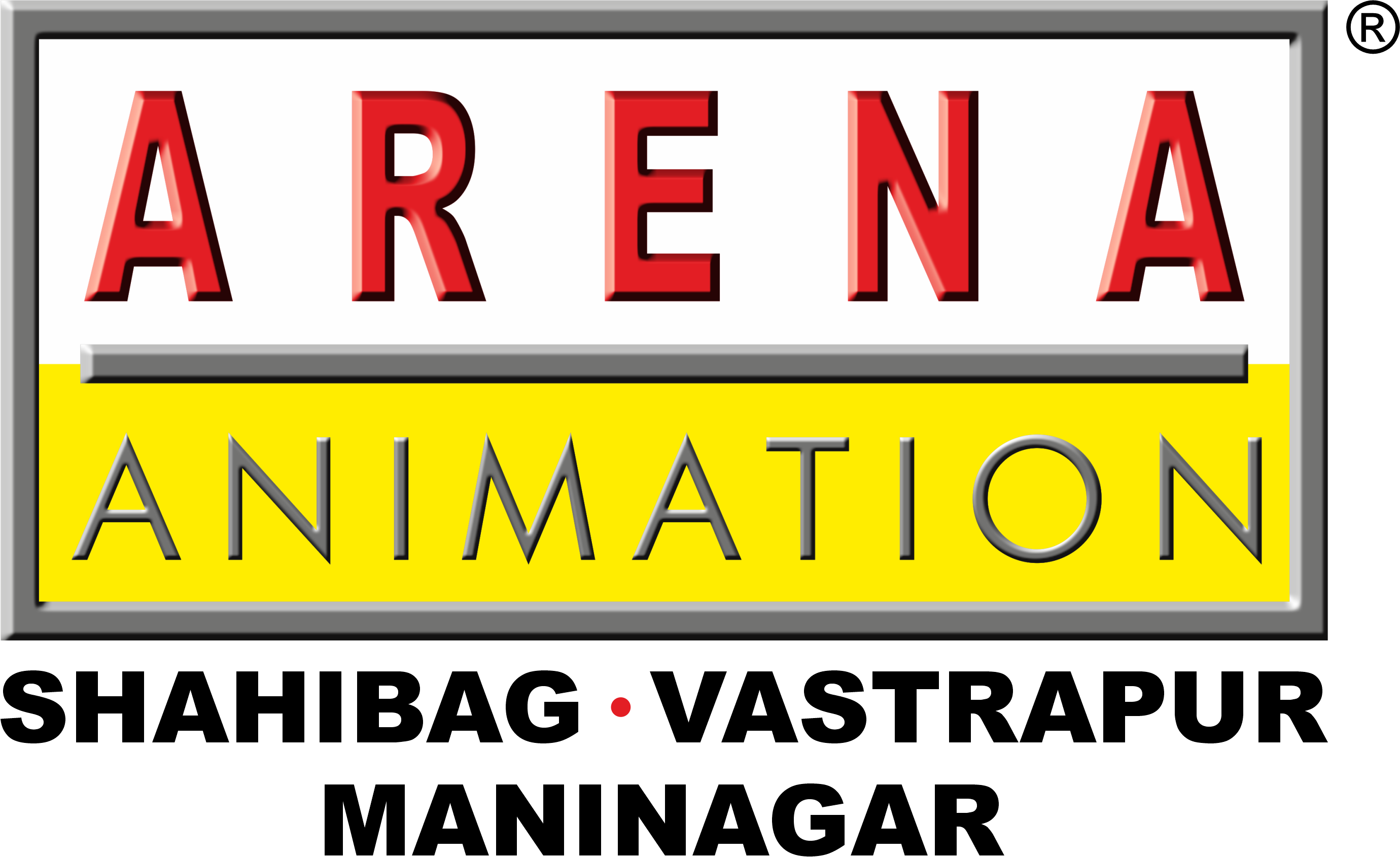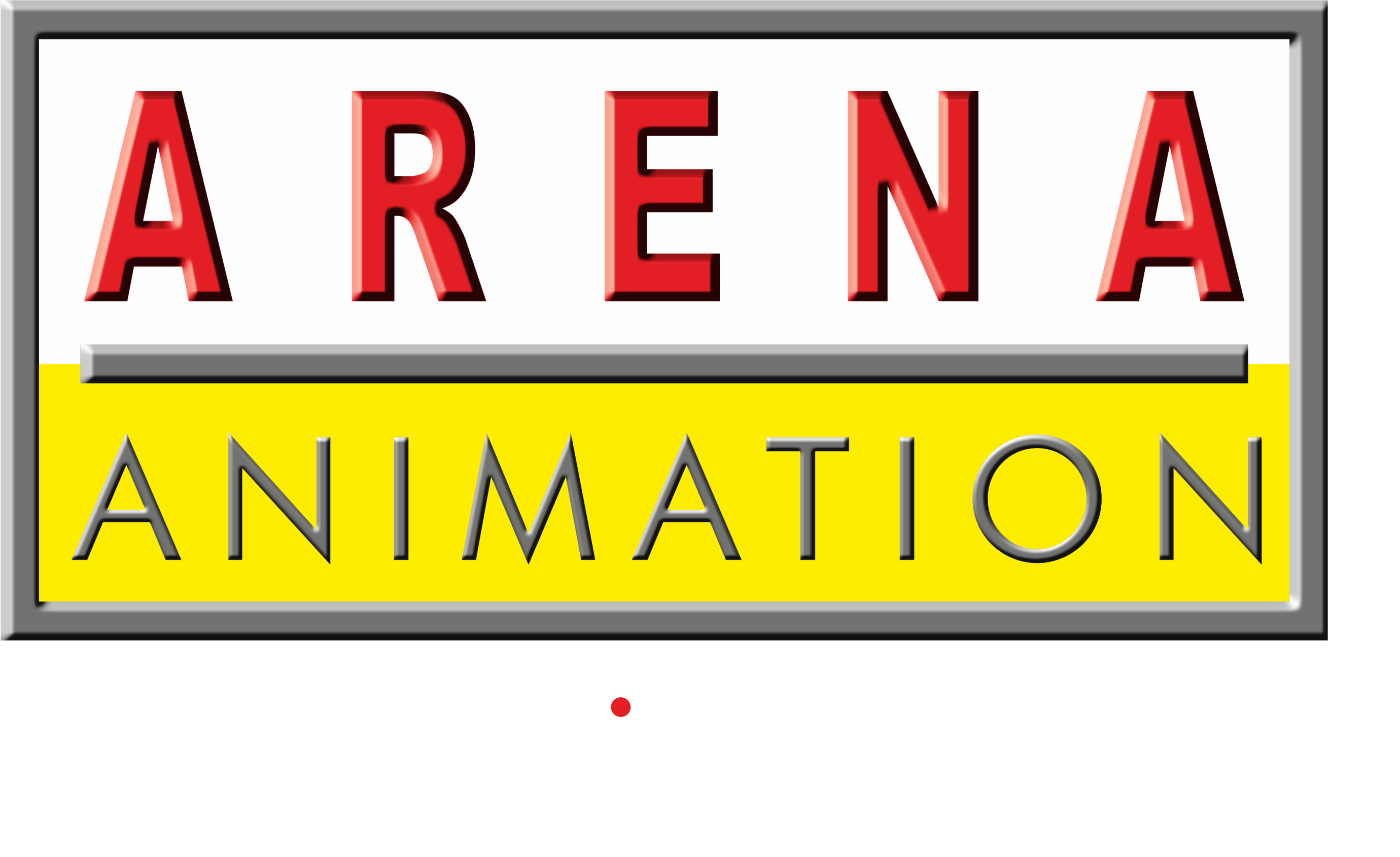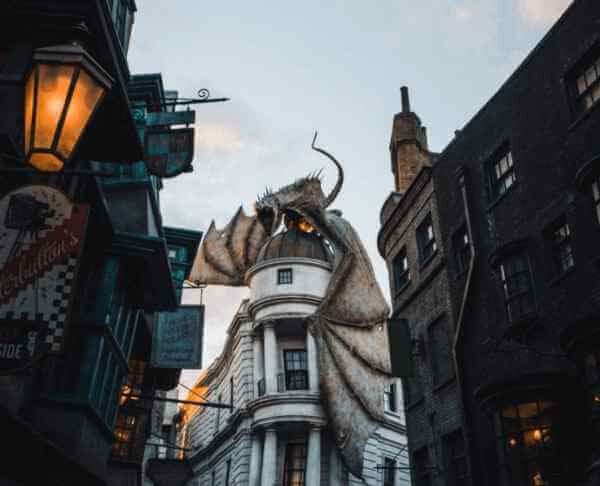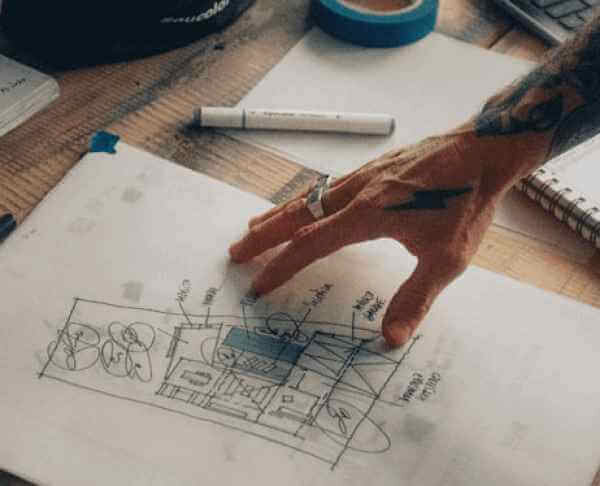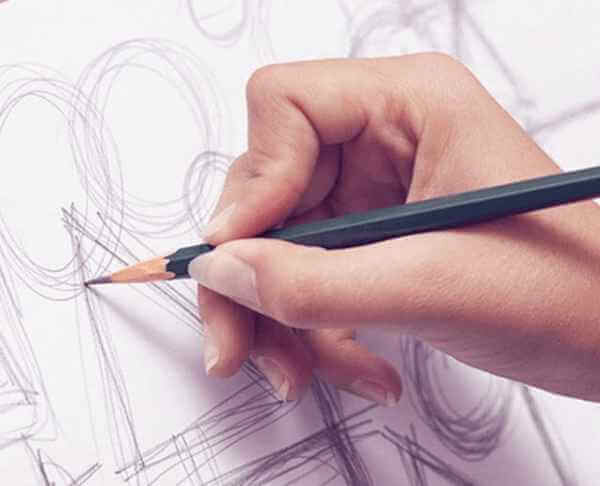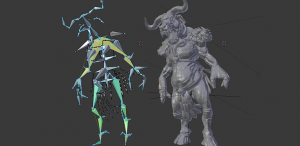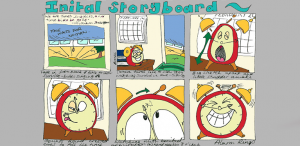Why Building a Career in VFX Makes Sense
If you are an artist and wish to see your work on a big screen, Visual Effects aka VFX is a good career option for you. You can work on high-stake projects, associate with the topmost studios and climb up the corporate ladder to lead teams of talented VFX Artists.
With optimal technical and creative skills, you can work in the field of media & entertainment as a VFX professional. VFX is the art of combining computer-generated (CG) sequences with live-action footage to create scenes that are otherwise difficult, impossible, impractical or expensive to shoot in real life. The size of the VFX market in India alone is increasing rapidly. With many of the Hollywood studios outsourcing their projects to Indian VFX companies along with Indian studios themselves expanding their VFX departments, the number of VFX artists required annually is set to rise phenomenally.
Although a standalone course in VFX would open up numerous career opportunities, a VFX course combined with these courses by creative professionals such as Animators, Graphic Designers, Film Editors and Game Developers can add a significant value to the resume. There is no limit to the variety of career prospects available after taking a VFX course, from a reputed institute. Some of the most prominent job portfolios are:
1. Rendering Artist
2. Composting Artist or Compositor
3. Roto Artist
4. Layout Artist
5. Lighting Artist
6. Matte Painter
7. Match Mover Artist
8. Rigging Artist
9. Animator (VFX)
10. Concept Artist
As far as sectoral avenues are concerned, with the exponential growth of digital content, the following industries are going on a hiring spree for VFX Artists:
1. Film, Television and OTT:
Most filmmakers today want to give their audience a larger than life experience of cinema. Each of such mega film projects requires hundreds of VFX artists. Programmes on Television and OTT platforms are equally active in terms of ensuring good quality visual effects.
2. Advertising:
Advertisement companies are obsessed with motion graphics and visual effects, because they help to create eye-catching ads for their clients. The industry has been traditionally a big employer of VFX Artists.
3. Animation:
Animation and VFX industries are very much complementary to each other. All animation companies hire VFX artists to jointly work on projects with animators. A course in Animation combined with another one in VFX is the perfect combination to make it big in the creative space.
4. Gaming:
Be it on consoles, computers or mobile phones, video games have become all-pervasive, being played by people of all age groups. Gaming companies hire VFX artists for various tasks involved in the game development process.
5. Corporate Presentations:
Companies these days tend to hire professionals to help them create aesthetic presentations or videos in order to convince their investors, customers, partners etc. VFX artists with a knack for designing could find tremendous opportunities in this area.
6. Ed-tech:
Ed-tech startups are one of the fastest growing startup companies. These companies are betting big on creators and VFX Artists to make their educational content more interactive, artistically pleasing and easy to understand.
Choosing a reputed animation and VFX training institute with a focused placement cell can help you land in one of the big names in one of these multi-billion dollar industries. All the best on your creative career path!
